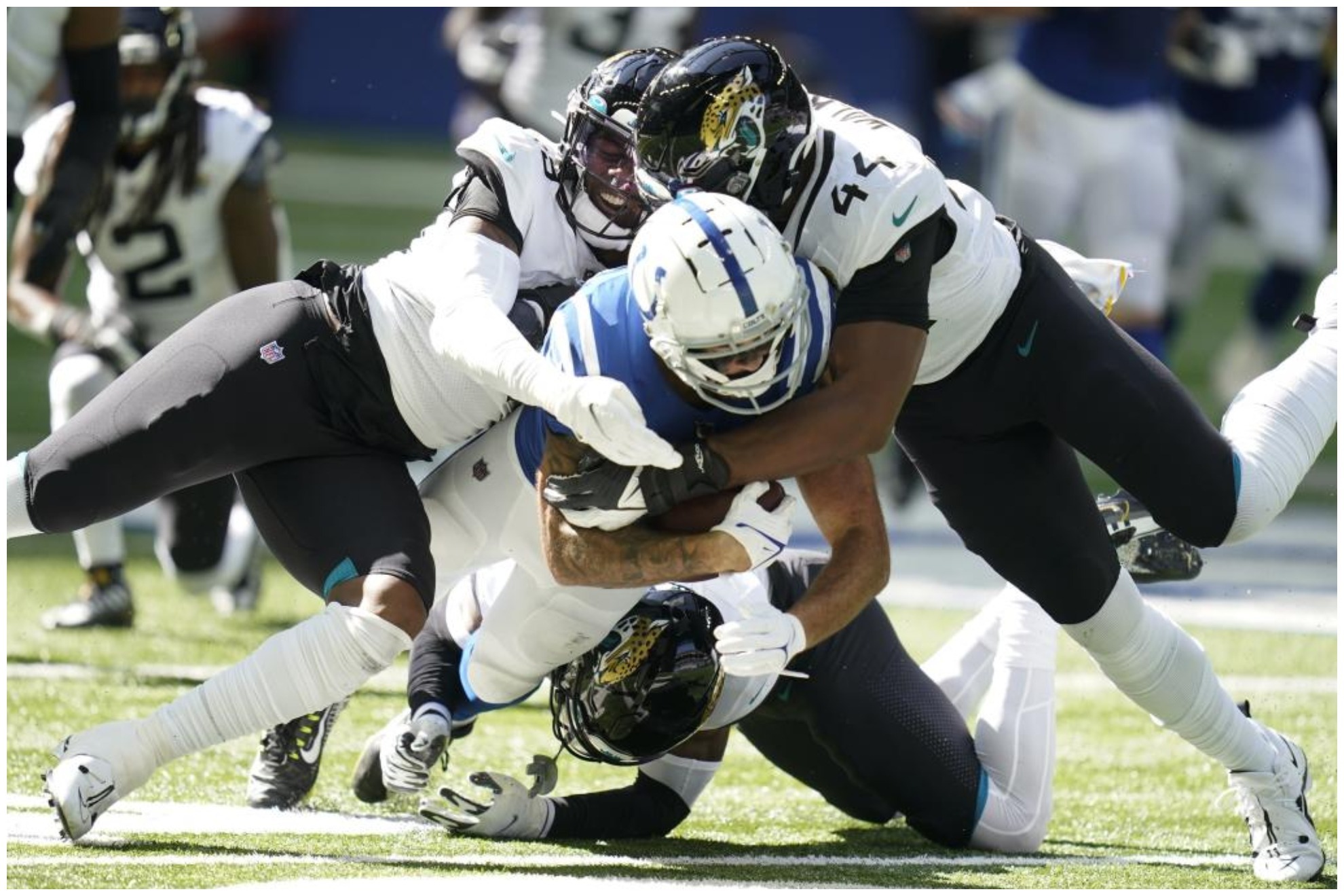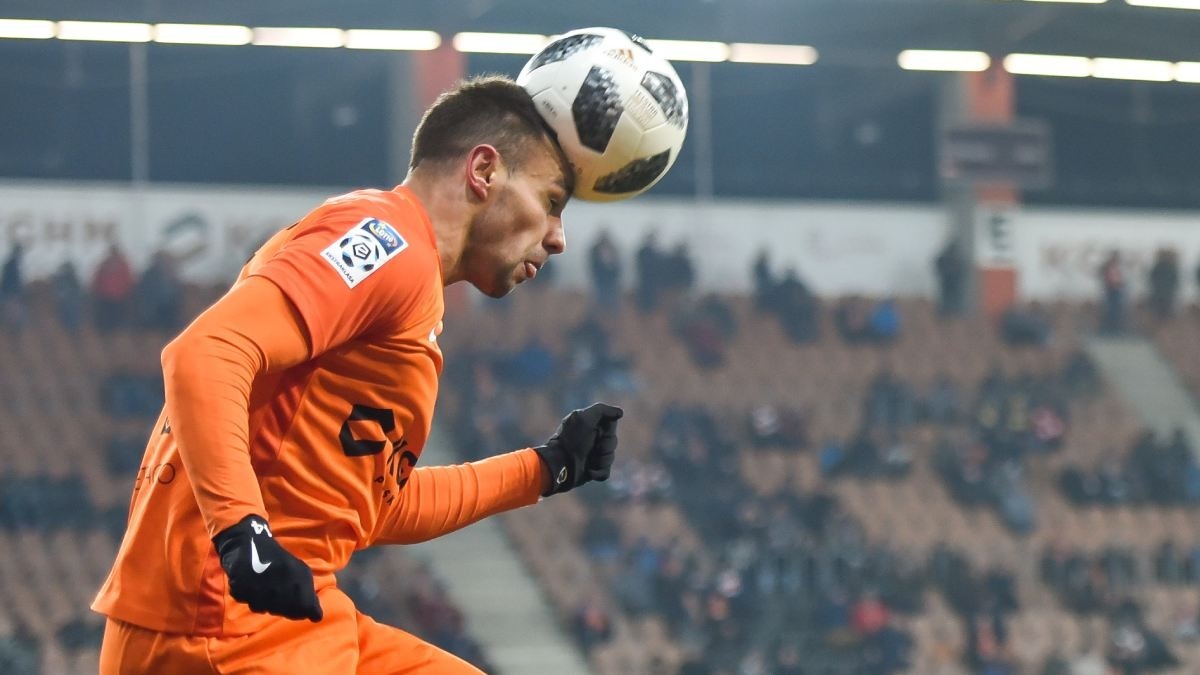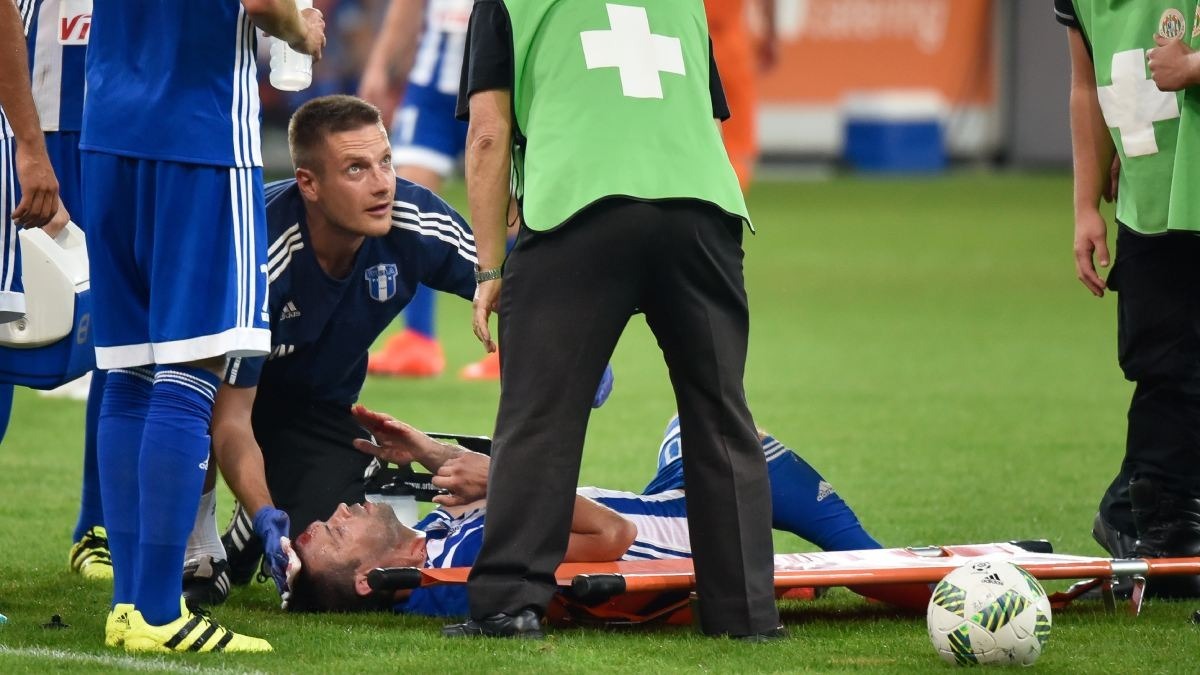
Each year, more than 100,000 cases of traumatic brain injury occur in Spain (the estimated annual incidence is more than 200 cases per 100,000 inhabitants), and approximately 75% of cases occur in people under 35 years of age. Although just over 60% of cases of traumatic brain injury, also known as traumatic brain injury (TBI), that occur each year are due to traffic and work-related accidents, the Spanish Society of Neurology (SEN) estimates that at least 20% of cases are due to sports injuries.
Also, according to estimates by the SEN, between 10% and 20% of all sports injuries that occur each year are traumatic brain injuries and around 20% of contact sports players suffer at least one episode of traumatic brain injury each year. The sports with the highest incidence of this type of injury are soccer, American football, rugby, hockey and boxing.
Brittany Mahomes shows great gym technique as she begins to lift heavy again
“A traumatic brain injury (TBI) is caused by a blow, jolt or impact to the head, which disrupts the normal functioning of the brain. And while not all blows to the head cause trauma, when it does occur, and depending on its severity, it can range from a brief change in mental status or consciousness to longer periods of unconsciousness or serious brain problems after the injury,” said Jesus Porta-Etessam, president of the Spanish Society of Neurology
Traumatic brain injuries are the leading cause of death and disability in people under 45 years of age in developed countries, according to data from the World Health Organization (WHO). In addition, disability is common in those who survive severe traumatic brain injury, as it is estimated that worldwide 43% of those affected suffer some form of disability.
Footballers at greater risk of neurodegenerative disease
“But in addition to the immediate consequences that a traumatic brain injury can have, there is increasing evidence of its effects on long-term brain health,” says Porta-Etessam. “In recent years, several studies have been published focusing on the evolution of the brain health of professional contact sports players who have suffered concussions in the past, finding numerous scientific evidence of the relationship between TBI and the development of neurodegenerative diseases in adulthood.”
The association between traumatic brain injury and the development of chronic traumatic encephalopathy, a neurodegenerative disease that occurs mainly as a result of repeated traumatic brain injury in the past, has long been known. Some studies suggest that nearly 90% of cases of post-traumatic chronic encephalopathy occur in professional contact sports players, especially in boxing, rugby, American football, hockey, martial arts and wrestling.
In addition, more recently, several studies have pointed out that brain damage caused by repeated blows to the head leads athletes to a higher risk of developing other types of dementia, such as Alzheimer’s, but also other neurodegenerative diseases, such as Parkinson’s disease. “And this has not only been seen in the more aggressive sports disciplines, such as those mentioned above, but also in other types of contact sports such as soccer. This has led the International Football Association Board to recommend the prohibition of heading in children’s soccer, due to the risk of brain injury,” said Porta-Etessam
A study conducted among Swedish footballers recently indicated that, with the exception of goalkeepers, footballers were 1.5 times more likely to develop a neurodegenerative disease compared to the general population. Another study in Scotland put this figure even higher, suggesting that professional footballers are 3.5 times more likely to develop a neurodegenerative disease than the rest of the population and five times more likely to develop Alzheimer’s.
“Physical inactivity is responsible for 6% of deaths worldwide and is one of the four main risk factors for mortality. In addition, among the many benefits of exercise is its protective function against neurodegenerative or cerebrovascular diseases, as avoiding a sedentary lifestyle can mean a delay of 10 or more years in the appearance of the first clinical manifestations of many neurological diseases,” says Porta-Etessam.
“Therefore, although the benefits of playing sports, both for general and brain health, will always outweigh the possible risks, it is important to raise awareness of the need to prevent head injuries and even more so in childhood and adolescence, where the brain is developing. And this is important not only when playing sports, but in general, when carrying out any type of activity, where the systematic use of helmets, seat belts or other safety systems can be vital for our brain health.”
According to the WHO, worldwide, TBIs account for 30% of deaths in the workplace, and 84% of workers who suffered head injuries were not wearing adequate protection. The WHO also notes that almost 25% of people admitted for traffic collisions have suffered traumatic brain injuries, and that the use of helmets and seat belts are the most useful tools to prevent them
According to WHO data, helmet use reduces the risk and severity of head injuries by 72% in motorcycle accidents, 79% in bicycle and skateboard accidents, and by more than 60% in head injuries during skiing, snowboarding, skating or horseback riding, among other sports.
According to data from the Spanish Society of Neurology (SEN), in Spain, 15% of those who suffer a TBI die. Traumatic brain injuries are the leading cause of death in people under 20 years of age in the country, and at least 15% of traumatic brain injuries can leave disability due to neurological sequelae. In Spain alone, it is estimated that some 74,000 people suffer acquired brain damage as a result of traumatic brain injury.
In addition, the SEN points out that in recent years, due to the substantial growth in the use of motorized two-wheeled vehicles, especially electric scooters, the increase in sports such as cycling or skiing, and the absence or inappropriate use of protective equipment in the workplace, among others, has led to an increase in the number of hospital admissions for traumatic brain injuries.
In Spain, three out of four patients with TBI are men. In the 15 to 30 age group, the main cause is usually road traffic accidents; in childhood, they occur mainly during leisure activities; and in those over 65 years of age, they are due to falls.
This news was originally published on this post .











Be the first to leave a comment